Ferrimagnets are a special type of magnet where different atoms’ magnetic moments partially cancel each other out, creating a rich internal structure. They are widely used in technologies from magneto-optical devices to spin-based electronics.
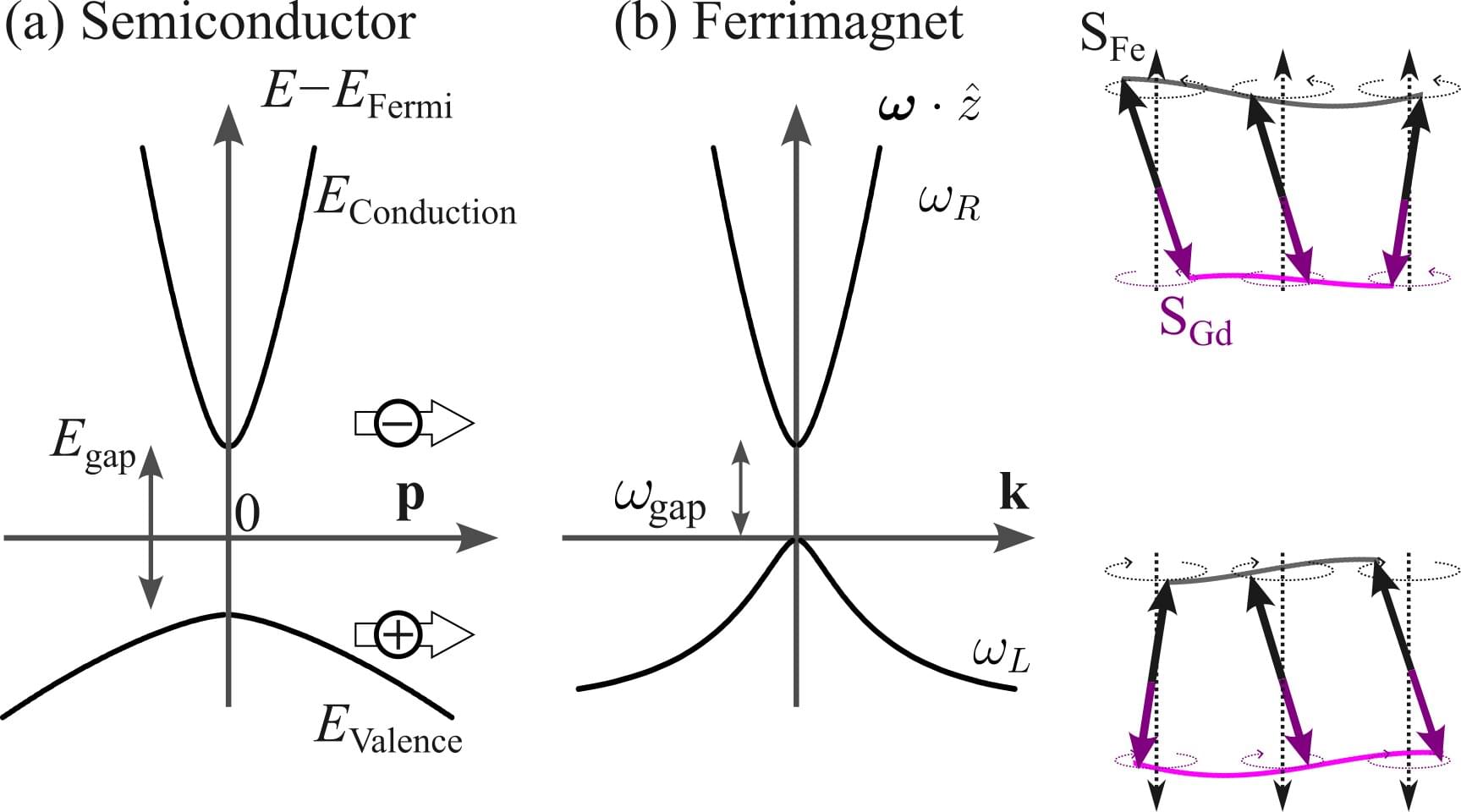

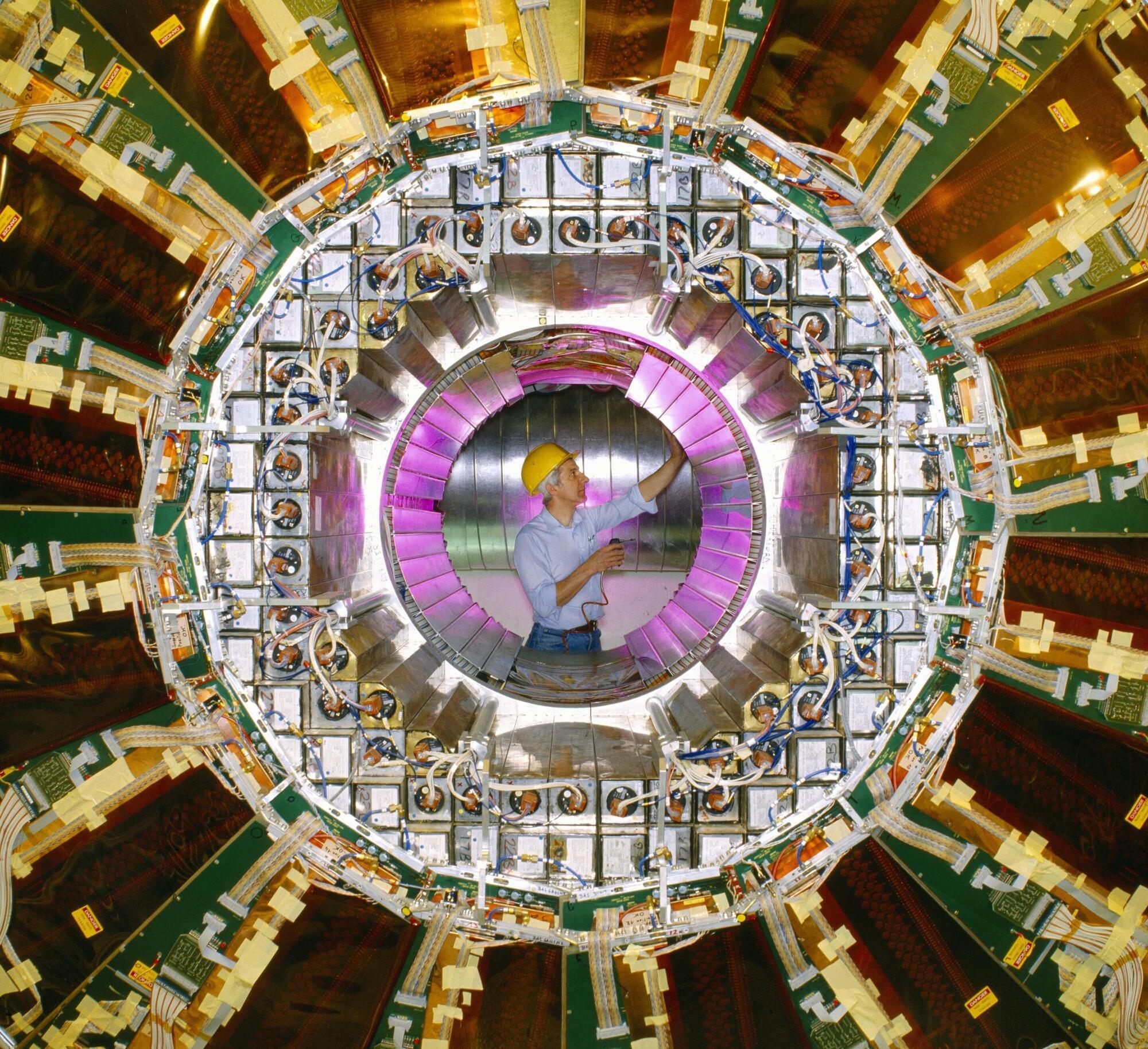
A lot of the science from our accelerators is published long after collisions end, so storing experimental data for future physicists is crucial.
About a billion pairs of particles collide every second within the Large Hadron Collider (LHC). With them, a petabyte of collision data floods the detectors and pours through highly selective filters, known as trigger systems. Less than 0.001% of the data survives the process and reaches the CERN Data Center, to be copied onto long-term tape.
This archive now represents the largest scientific data set ever assembled. Yet, there may be more science in it than we can extract today, which makes data preservation essential for future physicists.
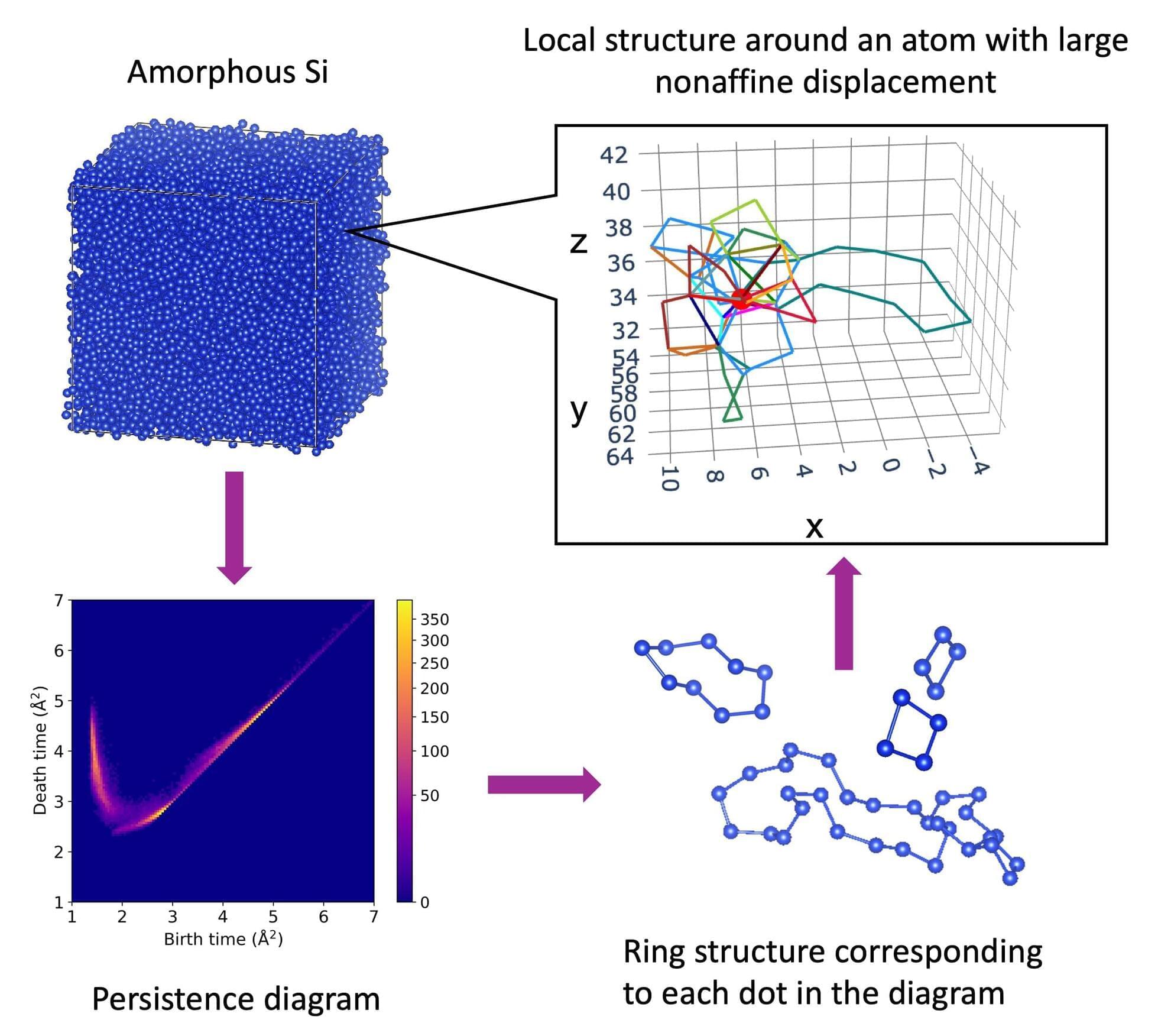
Why do glass and other amorphous materials deform more easily in some regions than in others? A research team from the University of Osaka, the National Institute of Advanced Industrial Science and Technology (AIST), Okayama University, and the University of Tokyo has uncovered the answer.
By applying a mathematical method known as persistent homology, the team demonstrated that these soft regions are governed by hidden hierarchical structures, where ordered and disordered atomic arrangements coexist.
Crystalline solids, such as salt or ice, have atoms neatly arranged in repeating patterns. Amorphous materials, including glass, rubber, and certain plastics, lack this long-range order. However, they are not completely random: they possess medium-range order (MRO), subtle atomic patterns that extend over a few nanometers.
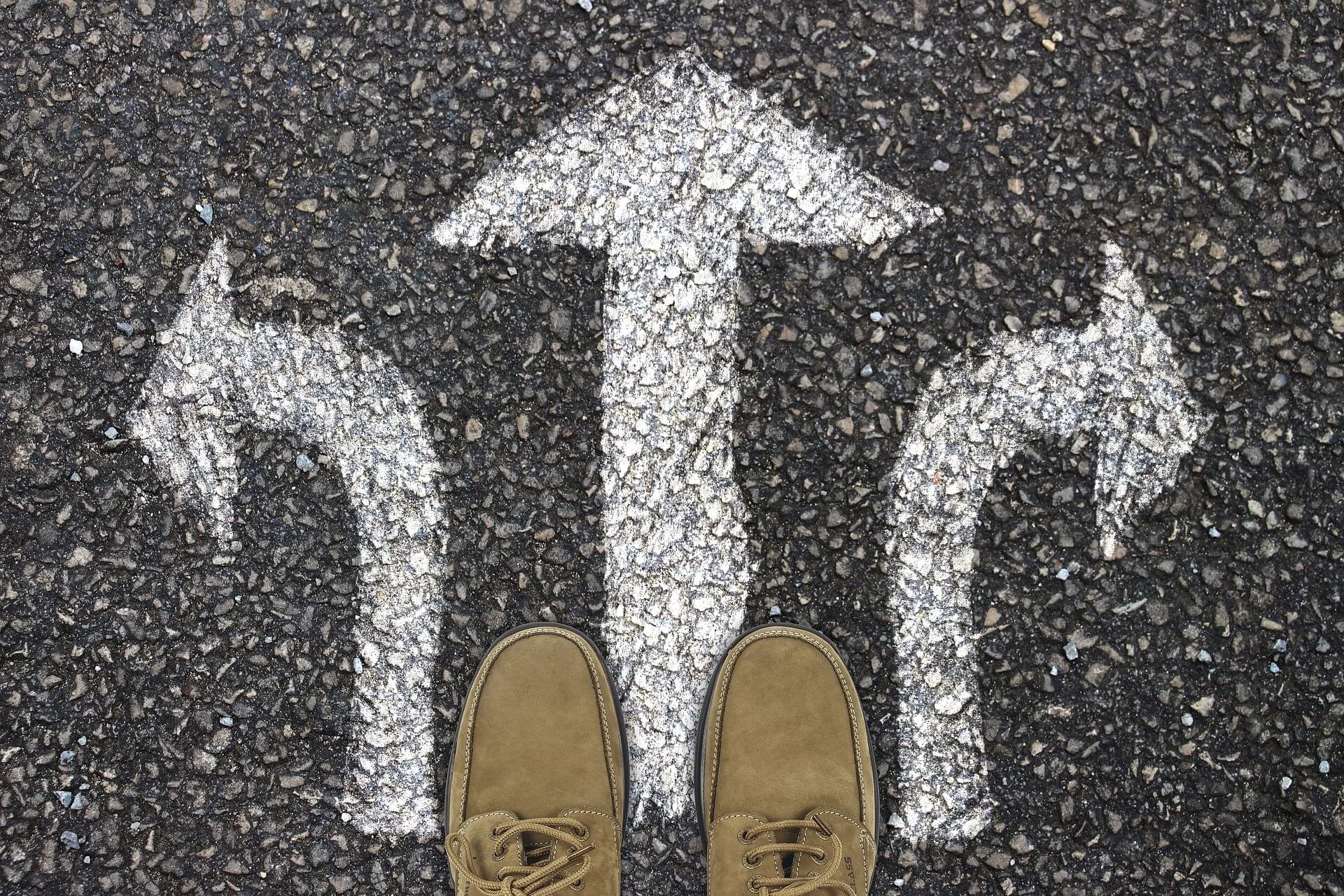
For almost a century, Heisenberg’s uncertainty principle has stood as one of the defining ideas of quantum physics: a particle’s position and momentum cannot be known at the same time with absolute precision. The more you know about one, the less you know about the other.
In a new study published in Science Advances, our team demonstrates how to work around this restriction, not by breaking physics but by reshaping uncertainty itself.
The result is a breakthrough in the science of measurement that could power a new generation of ultra-precise quantum sensors operating at the scale of atoms.

The Irish mathematician and physicist William Rowan Hamilton, who was born 220 years ago last month, is famous for carving some mathematical graffiti into Dublin’s Broome Bridge in 1843.
But in his lifetime, Hamilton’s reputation rested on work done in the 1820s and early 1830s, when he was still in his twenties. He developed new mathematical tools for studying light rays (or “geometric optics”) and the motion of objects (“mechanics”).
Intriguingly, Hamilton developed his mechanics using an analogy between the path of a light ray and that of a material particle.

The Irish mathematician and physicist William Rowan Hamilton, who was born 220 years ago last month, is famous for carving some mathematical graffiti into Dublin’s Broome Bridge in 1843.
But in his lifetime, Hamilton’s reputation rested on work done in the 1820s and early 1830s, when he was still in his twenties. He developed new mathematical tools for studying light rays (or “geometric optics”) and the motion of objects (“mechanics”).
Intriguingly, Hamilton developed his mechanics using an analogy between the path of a light ray and that of a material particle.

Quantum computers will need large numbers of qubits to tackle challenging problems in physics, chemistry, and beyond. Unlike classical bits, qubits can exist in two states at once—a phenomenon called superposition. This quirk of quantum physics gives quantum computers the potential to perform certain complex calculations better than their classical counterparts, but it also means the qubits are fragile. To compensate, researchers are building quantum computers with extra, redundant qubits to correct any errors. That is why robust quantum computers will require hundreds of thousands of qubits.
Now, in a step toward this vision, Caltech physicists have created the largest qubit array ever assembled: 6,100 neutral-atom qubits trapped in a grid by lasers. Previous arrays of this kind contained only hundreds of qubits.
This milestone comes amid a rapidly growing race to scale up quantum computers. There are several approaches in development, including those based on superconducting circuits, trapped ions, and neutral atoms, as used in the new study.

When you shine a flashlight into a glass of water, the beam bends. That simple observation, familiar since ancient times, hides one of the oldest puzzles in physics: what really happens to the momentum of light when it enters a medium?
In quantum physics, light is not just a wave—it also behaves like a particle, carrying energy and momentum. For more than a century, scientists have debated whether light’s momentum inside matter is larger or smaller than in empty space. The two competing answers are known as the Minkowski momentum, which is larger and seems to explain how light bends, and the Abraham momentum, which is smaller and matches the actual push or pull that light exerts on the medium.
The controversy never went away because experiments seemed to confirm both sides. Some setups measured the larger Minkowski value, others supported Abraham, leaving physicists with a paradox.
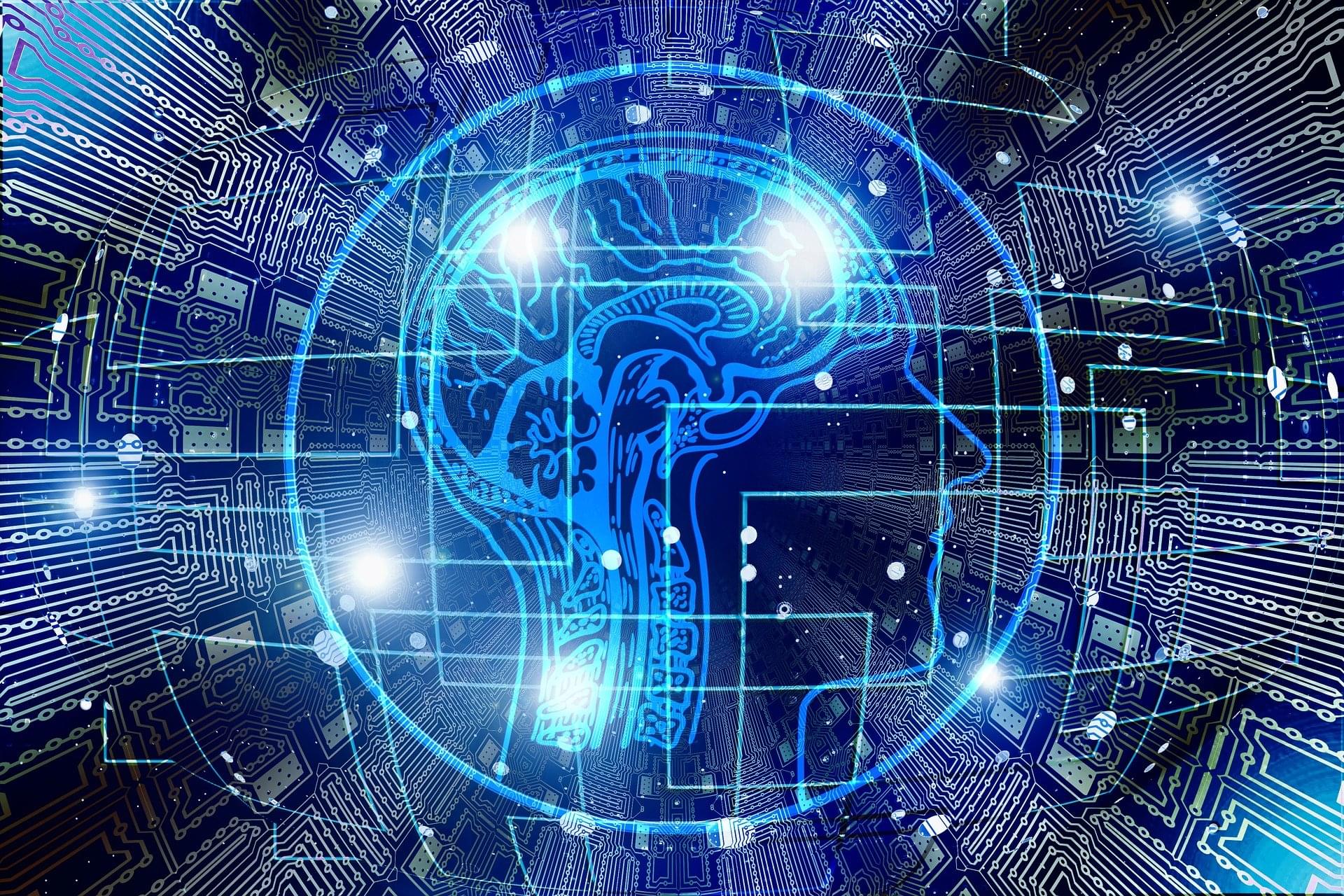
For more than a century, physics has been built on two great theories. Einstein’s general relativity explains gravity as the bending of space and time.
Quantum mechanics governs the world of particles and fields. Both work brilliantly in their own domains. But put them together and contradictions appear—especially when it comes to black holes, dark matter, dark energy and the origins of the cosmos.
My colleagues and I have been exploring a new way to bridge that divide. The idea is to treat information—not matter, not energy, not even spacetime itself—as the most fundamental ingredient of reality. We call this framework the quantum memory matrix (QMM).